
GUEST BLOGGER ALEXANDRA SIY
The world’s oldest tree is more than 5,000 years old. It grows in a secret location, high in California’s White Mountains under extreme conditions. Recorded in its growth rings is scientific evidence of our changing planet. Cores from living trees reveal their age and contain patterns that show rainfall, temperature extremes, volcanic activity, fires, insect attacks, and solar flares. Bristlecone: The Secret Life of the World’s Oldest Tree, reveals some of bristlecone’s secrets as it invites young readers on a journey through time. Steeped in fascinating science, bristlecone is also a mystery—”living long where life is hard.”
Lots of lessons
Web of Life Books has created extensive curricula to accompany Bristlecone, as it has done for all its outstanding STEM titles. The lesson plans are free and include art, writing, and science activities, and are available to download and print.
Links to other excellent tree-ring lesson plans created by the National Park Service, UCAR Center for Science Education, and NOVA Online are listed on www.bristleconebook.com.
Methuselah, math, and more
Supplement the lessons from Web of Life Books with these math and number related problems. The questions span many math levels, so teachers can decide which problems are best suited to their student’s grade and ability. The questions can be copied onto a Google doc or handout.
For a challenging “scavenger hunt” activity, write the questions on individual index cards. Pairs or small groups then search and find information in the book to help them solve the problem(s). Students should look for information on every page, including the front and back covers, unless otherwise instructed. This is also a challenging activity for following specific directions. Some prior information may be needed, such as the definition of mammals, birds, and insects. There is an answer key following the questions (answers based on the 2022 publication year of the book). The only materials needed are copies of the book, paper, pencils, index cards, and calculators.
Possible questions
- What percentage of states have ancient bristlecones? (Hint: there are 50 states in the U.S.)
- How many years ago was Methuselah discovered?
- How old is Methuselah today?
- If a bristlecone seedling has ten bundles of needles, how many needles does it have all together?
- How many times does the Earth travel around the sun in one year?
- If a bristlecone is 5,000 years old, how many days has it lived? (Hint: You need to know how many days are in one year.)
- Predict how tall a bristlecone pine would be at 100 years old.
- What math symbol would you use to show how long it takes a seed to develop inside a pinecone compared to one year (Hint: is it more or less than a year)?
- How many individual birds are there in the book? (Hint: be sure to look on the cover, but do not count the animals in the field guide as individuals!)
- How many different bird species can you find? (Hint: different species are shown in the field guide)
- How many individual mammals are in the book? (Hint: be sure to look on the cover, but do not count the animals in the field guide as individuals!)
- How many different mammal species can you find? (Hint: different species are shown in the field guide)
- How many individual insects are in the book? (Hint: be sure to look on the cover, but do not count the animals in the field guide as individuals!)
- How many different pictures of wild animals are in the book? This time DO NOT count the pictures on the covers, the field guide, or the humans. (Hint: remember that bird and insects are animals, too!)
- What kind of animal appears only once in the book?
- How many extinct species are shown in the book?
- The Methuselah Tree grows at 9,800 feet elevation. What is the elevation in meters if one foot equal 0.3048?
- How many years older than you is the Methuselah Tree?
Answer Key
1 (6%); 2 (2022-1957=65); 3 (4,789 + 65 = 4,854); 4 (5 X 10 = 50); 5 (one); 6 (5,000 X 365 = 1,825,000); 7 (1 foot); 8 ( > or greater than one year); 9 (12 individual birds); 10 (10 different bird species); 11 (20 individual mammals which includes 2 humans); 12 (12 different mammal species including humans); 13 (7 total insects which includes 2 moths and 5 ants); 14 (33 wild animals); 15 (a reptile called western fence lizard); 16 (3); 17 (2,987 m) 18 (answers will vary)
Methuselah timeline challenge
The Methuselah Tree sprouted from its seed in 2833 BCE. Its life has spanned human history—from the times of the ancient Egyptians to our present-day hi-tech society. If the Methuselah Tree could make a timeline of the most important events that occurred on planet Earth throughout its lifetime, what would they be? In this interdisciplinary challenge, students create a timeline of world and natural history events from the perspective of a bristlecone.
If your class takes on the Methuselah Challenge, I’d love to see the results! Email me from the link on my website: www.alexandrasiy.com or www.bristleconebook.co
Alexandra Siy is the author of more than twenty notable books for children including Bristlecone: The Secret Life of the World’s Oldest Tree, Mosquito Bite, Voyager’s Greatest Hits, and Cars on Mars, and the winner of many awards including the American Institute of Physics Science Writing Award, the NSTA Best STEM Book award, and an NCTE Orbis Pictus Honor. Alexandra shares her passion for science, photography, and books with students of all ages as a teacher and visiting author. She lives in New York State. Please visit www.alexandrasiy.com.


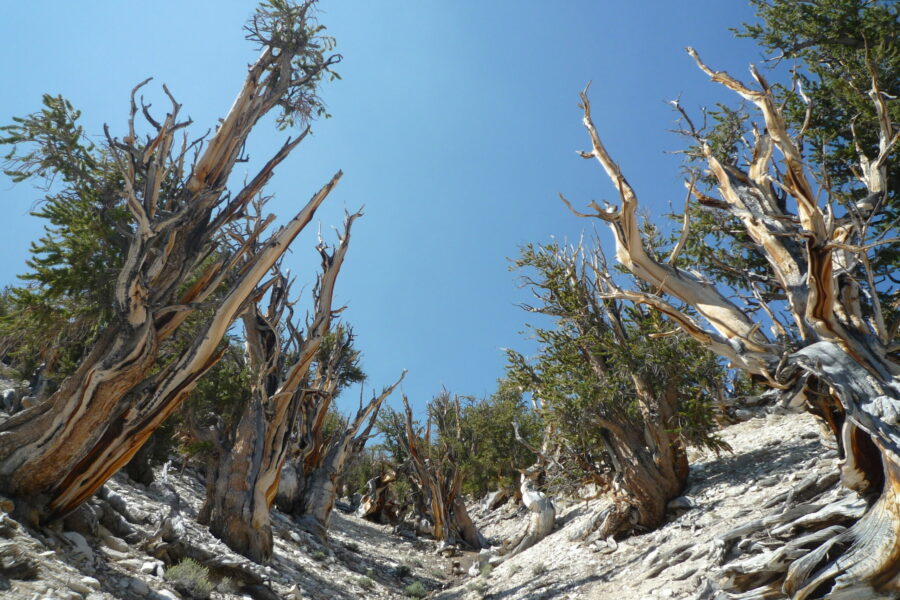
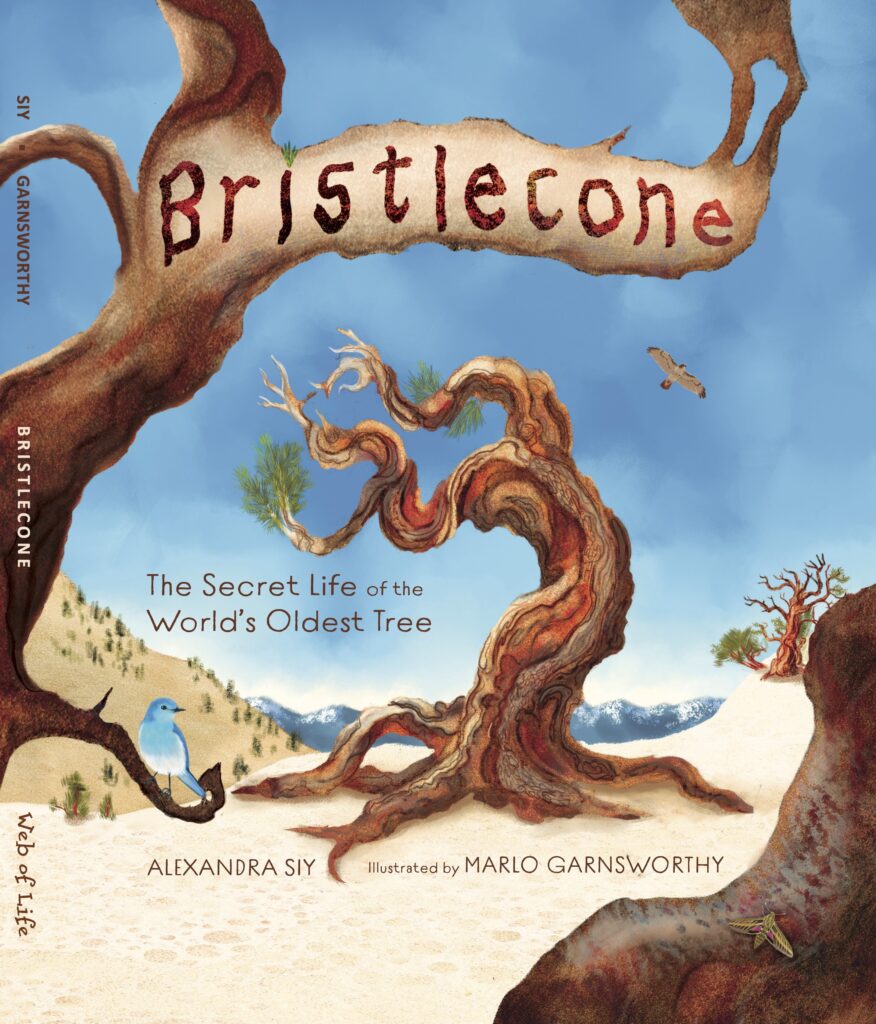

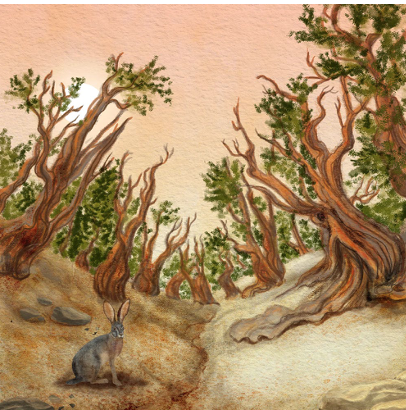

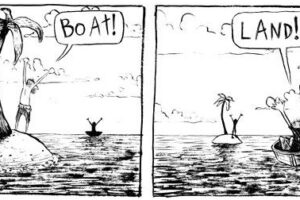
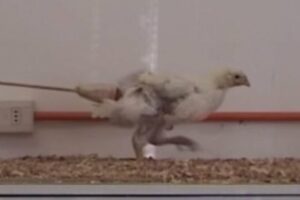



Leave a Reply
Your email is safe with me.